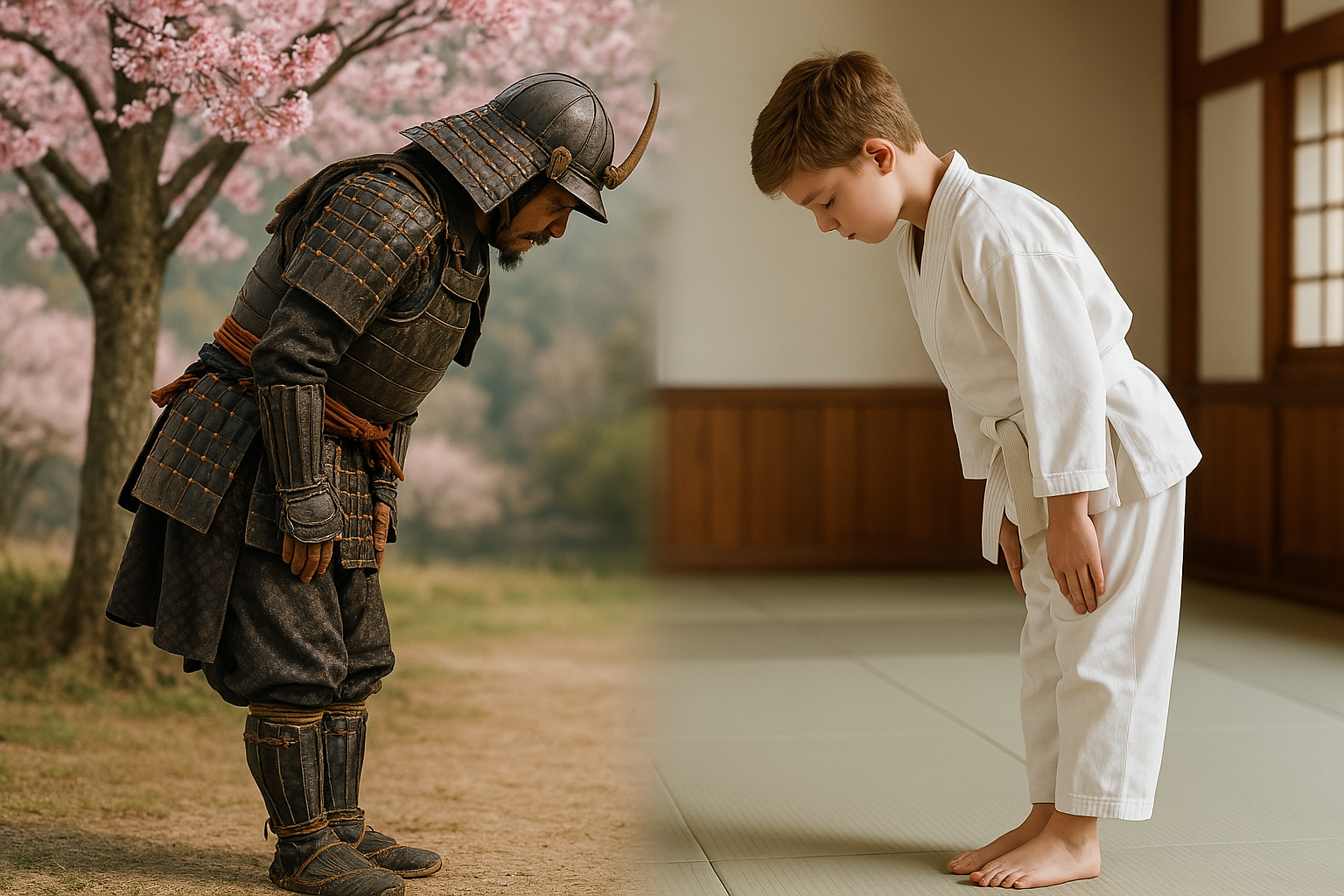By Dan Segarra, 9th Degree Black Belt in Tang Soo Do
Bullying is an unfortunate reality for many children, whether it happens in school, on the playground, or online. It can take many forms—physical, verbal, emotional, or cyberbullying—but the most important thing is making sure kids know how to handle it with confidence and control.
At Warrior Scholar Martial Arts, we don’t just teach kids how to defend themselves physically—we teach them how to defend themselves mentally and emotionally. One of the most powerful tools we use is The Four W’s, a simple yet effective way for kids to assess and respond to difficult situations.
The Four W’s: A Step-by-Step Guide to Handling Bullies
To remember the Four W’s, start by holding up three fingers—your pointer, middle, and ring fingers—forming a “W” (✌️+☝️). This simple hand sign is a reminder that violence is never the first option—but it’s also never off the table when it comes to self-defense.
Let’s break it down:
🧠 First W: Use Your WISDOM ✋
🔹 Hand gesture: Hold up three fingers (pointer, middle, and ring) to form a “W.”
Before a problem even starts, the smartest thing a child can do is recognize potential trouble and avoid it. This means:
✔️ Trusting their instincts—if a situation feels wrong, it probably is
✔️ Recognizing who tends to be a troublemaker and avoiding them
✔️ Choosing safe places and staying near friends for support
✔️ Thinking ahead—if someone is trying to provoke them, how can they avoid making it worse?
🔹 Example: Ethan notices a group of older kids waiting near the school entrance. He knows they’ve teased him before, so instead of walking past them, he takes a different route through the side doors. That’s using wisdom!
👉 Now, fold down the ring finger.
🗣️ Second W: Use Your WORDS ✌️
🔹 Hand gesture: Now, you have two fingers up—your pointer and middle finger.
If avoidance isn’t an option, the next best tool is communication. Words can calm, defuse, or set boundaries, and knowing how to use them gives kids power.
✔️ Speaking confidently—standing tall and making eye contact
✔️ Using humor or deflection—“Nice try, but I’m not falling for that.”
✔️ Asking questions—“Why are you acting like this?” (This can sometimes throw a bully off.)
✔️ Telling them to stop—“That’s not okay. Leave me alone.”
🔹 Example: Emily is on the bus when another kid makes fun of her lunch. Instead of getting upset, she calmly says, “You must be really bored if that’s the best joke you’ve got.” The other kids laugh, and the bully loses interest. That’s using words!
👉 Now, fold down the middle finger.
🚶 Third W: WALK AWAY ☝️
🔹 Hand gesture: Now, only your pointer finger remains up.
Sometimes, the best thing a child can do is remove themselves from the situation. Walking away isn’t weakness—it’s control. Running, ignoring, or escaping is often the smartest move.
✔️ Ignoring name-calling and leaving the scene
✔️ Moving to a different part of the room, lunch table, or playground
✔️ Finding a teacher, coach, or trusted adult when necessary
🔹 Example: Jayden is in the hallway when someone pushes his books onto the floor. Instead of engaging, he takes a deep breath, picks them up, and walks away to his class, leaving the bully with no reaction to feed off. That’s walking away!
👉 Now, fold down your pointer finger, making a fist.
👊 Final W: Be a WARRIOR (Only as a Last Resort!) ✊
🔹 Hand gesture: Now, you have a closed fist, symbolizing strength and self-defense.
If all else fails—if a child is physically threatened and cannot escape—it’s time for the final W: Warrior. This means defending themselves, standing strong, and making sure they are safe.
✔️ If grabbed, breaking free and running
✔️ If attacked, blocking, striking, or pushing away to escape
✔️ Getting loud—yelling for help to alert others
✔️ Remembering: the goal isn’t to fight—it’s to get to safety!
🔹 Example: Mateo is cornered in the schoolyard by two kids pushing him around. He’s already tried talking, and he can’t walk away. When one of them grabs his arm, he uses a self-defense technique he learned in class—twisting free, shoving the bully back, and running toward a teacher. That’s being a Warrior!
What Parents Can Do
Helping children understand the Four W’s empowers them to handle tough situations with confidence. As parents, here’s how you can support them:
✅ Practice scenarios with your child—role-play different situations and responses.
✅ Reinforce that violence is the last option—but that they have the right to defend themselves if necessary.
✅ Praise them for using wisdom, words, or walking away—reinforce that these are signs of strength.
✅ Talk about their day—keep an open line of communication so they feel safe coming to you.
Martial arts isn’t just about learning to fight—it’s about not fighting, learning to think, react, and stay in control.
At Warrior Scholar Martial Arts, we teach kids to be strong in mind and body, so they can stand up for themselves in every situation—whether that means using wisdom, words, walking away, or, if necessary, being a warrior.
For more information on self-defense, bullying prevention, and martial arts training, visit:
🌎 https://www.warriorscholarmartialarts.com/

























